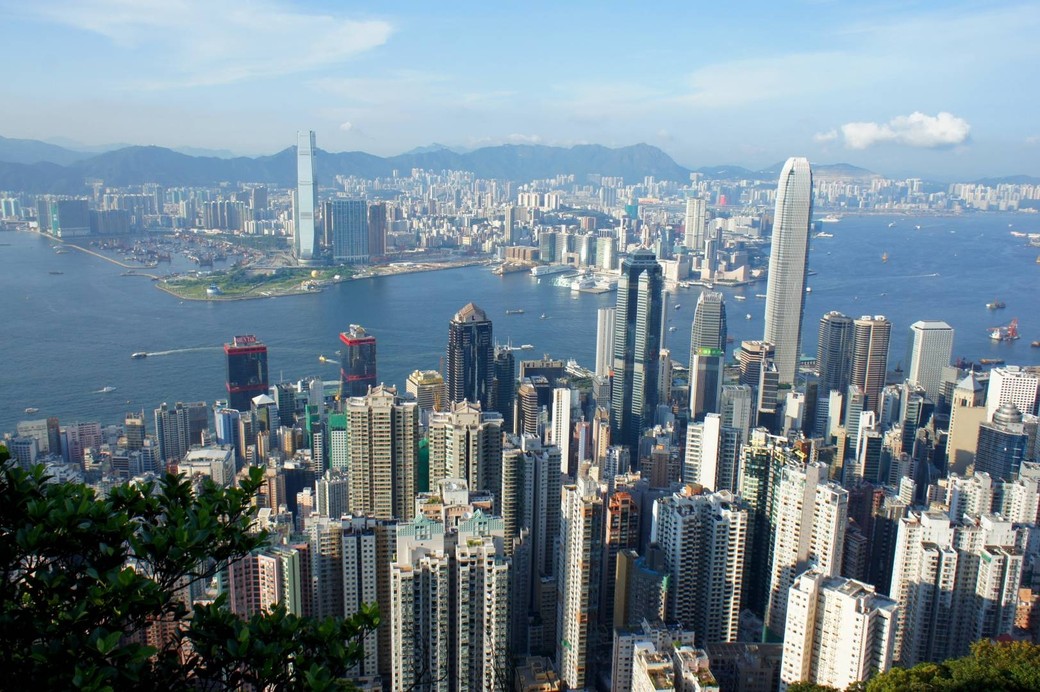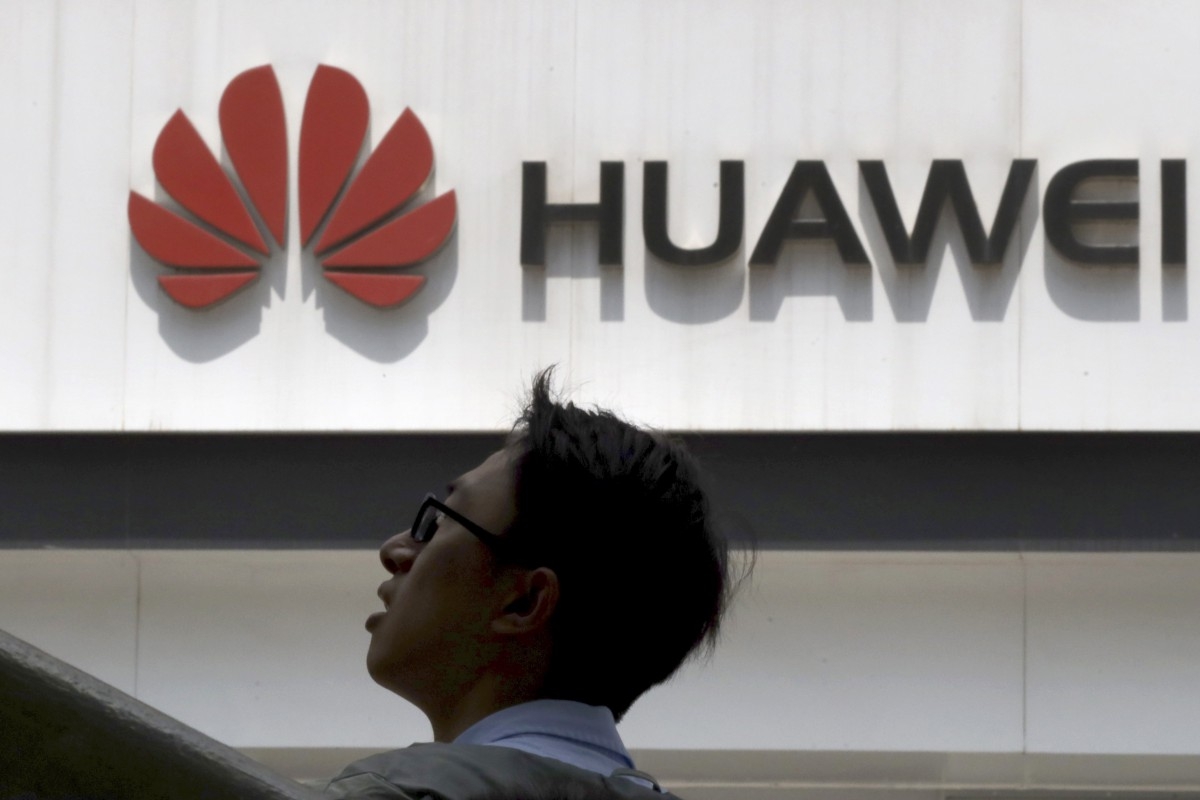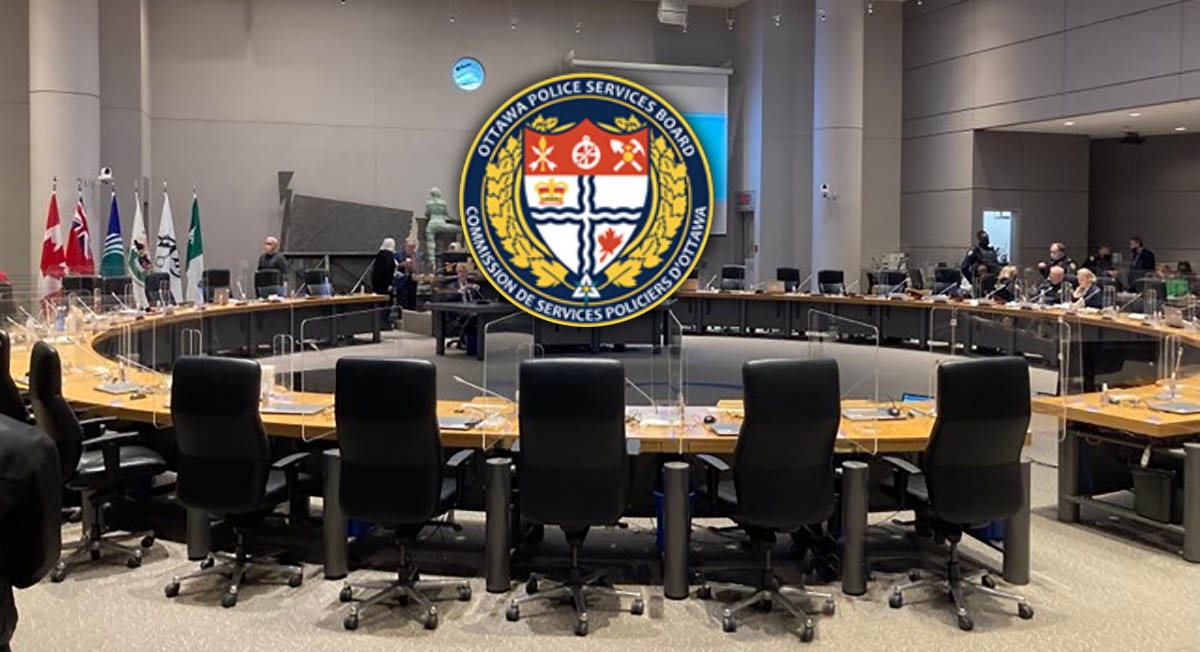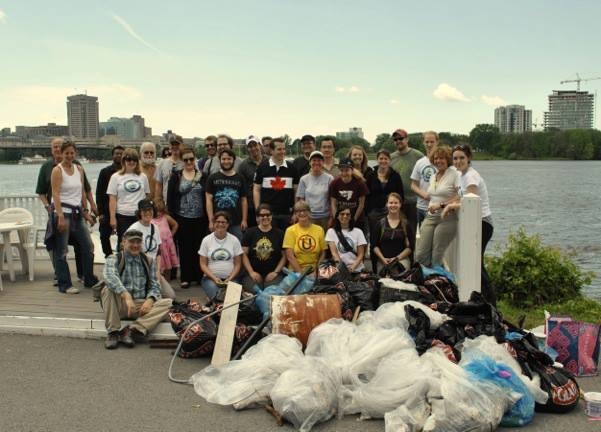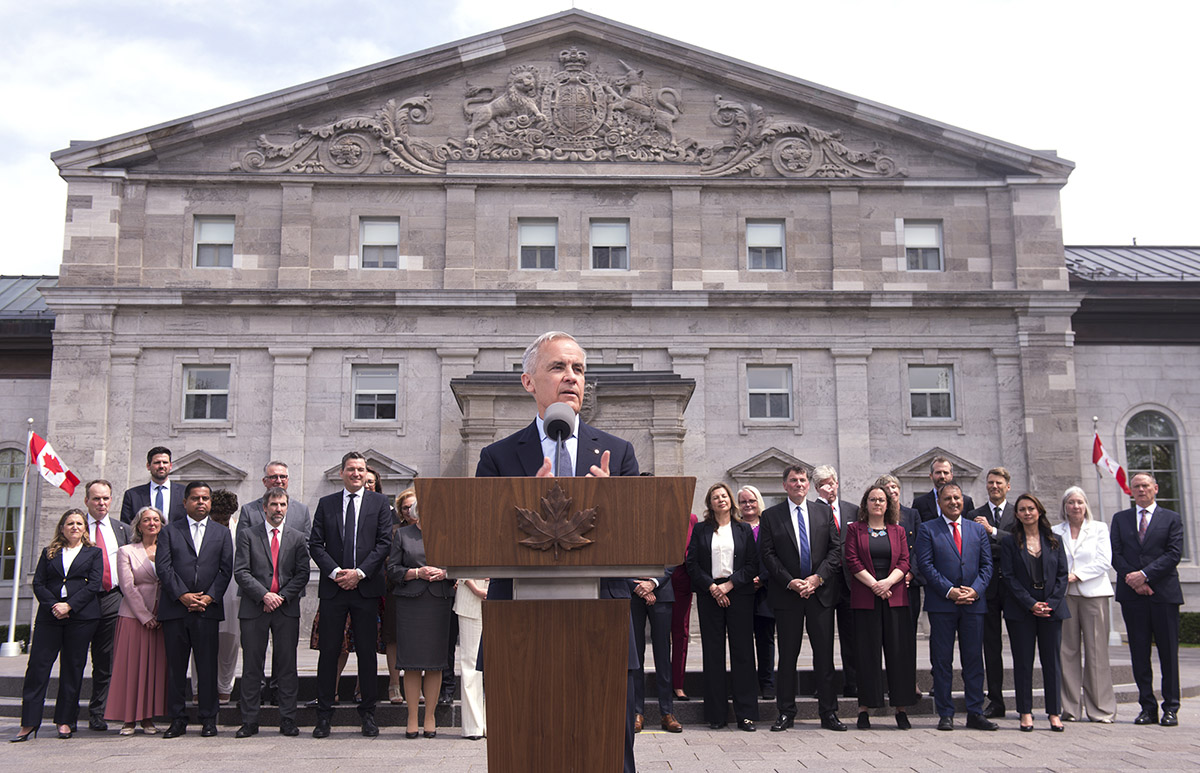
Who’s In, Who’s Out—Can Carney’s Cabinet Team Reverse Canada’s Decline?
Yesterday, Prime Minister Mark Carney announced his 38-member cabinet, signalling a major shift in Canada’s leadership. His selections come at a critical juncture, as the country struggles with the economic and political consequences of the past decade under Justin Trudeau’s Liberal government. Years of high taxation, excessive spending, ballooning deficits, and declining productivity have weakened Canada’s global competitiveness and discouraged investment.
Carney’s ability to reverse this economic decline will likely depend on whether he adopts the pragmatic, disciplined fiscal strategy of the Chrétien-Martin government in the mid-1990s, which successfully eliminated Canada’s debt and revitalized growth. If, instead, he follows the ideological framework outlined in his book Values, Canada risks deeper economic stagnation.
Prior to the election, Carney cancelled the consumer carbon tax, aiming to relieve financial pressure on households and businesses. Since then, he has emphasized fiscal discipline and a pro-growth agenda, championing the need to build, baby, build. However, concerns remain over his contradictory stance on energy policy—while he advocates for making Canada an energy superpower, he has also indicated he will not repeal Bill C-69, a law imposing strict and at times suffocating environmental regulations on resource development. This contradiction raises doubts about his government’s ability to fully unlock Canada’s energy potential while maintaining restrictive policies.
With Parliament set to resume on May 26, Carney’s cabinet must quickly begin addressing Canada’s most pressing economic and political challenges. Whether his blend of experienced leaders and fresh faces will be enough to steer the country toward recovery remains to be seen.
Who’s In and Who’s Out?
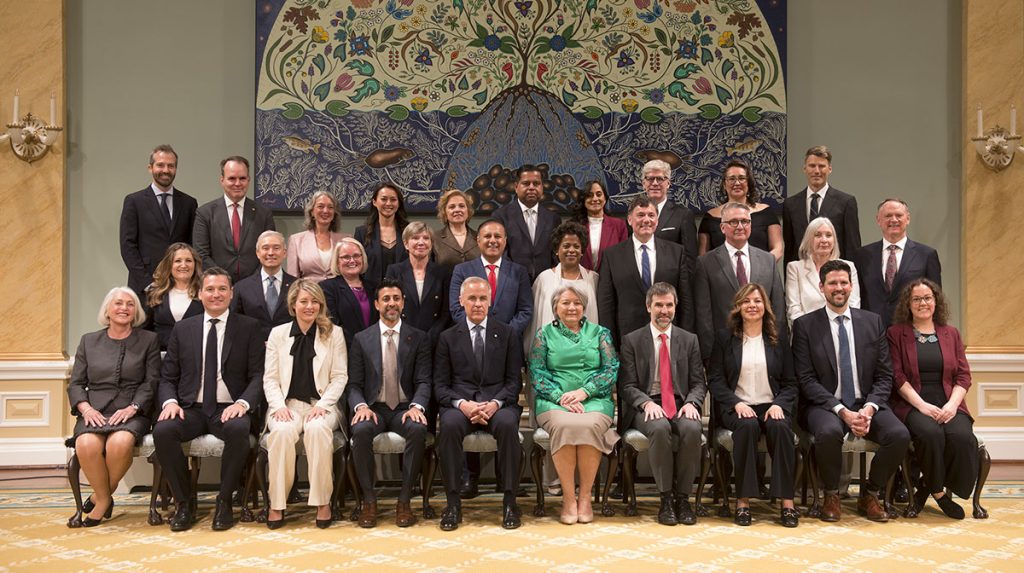
ABOVE: Canada’s 24th Prime Minister, Mark Carney, with members of his Cabinet at Rideau Hall on May 13, 2025. (Photo: Jean-Marc Carisse)
Carney retained several key figures from former Prime Minister Justin Trudeau’s government, including Dominic LeBlanc, Mélanie Joly, Chrystia Freeland, and François-Philippe Champagne. However, he also introduced a wave of new ministers, aiming to balance experience with fresh perspectives. Among the new cabinet members are:
• Tim Hodgson – Natural Resources Minister (former Goldman Sachs Canada CEO)
• Evan Solomon – Minister of Artificial Intelligence (former journalist)
• Julie Dabrusin – Environment and Climate Change Minister (previously a parliamentary secretary)
• Maninder Sidhu – International Trade Minister
Several former cabinet members were dropped, including:
• Jonathan Wilkinson – Former Natural Resources Minister
• Bill Blair – Former Defense Minister
• Marc Miller – Former Immigration Minister
• Karina Gould – Former Minister (ran in the Liberal leadership race)
• Nathaniel Erskine Smith (former Housing Minister)
The Most Influential Cabinet Ministers
If Carney is to turn Canada around, he will be counting on several key ministers who hold particularly critical roles:
François-Philippe Champagne (Finance Minister) – Tasked with managing Canada’s economy amid U.S. tariffs and implementing Carney’s fiscal framework, keeping Champagne on as finance minister is an odd choice as the lead person to manage Canada’s economic challenges. His tenure as innovation minister was marked by costly corporate subsidies and his decision to allocate billions in taxpayer funds to EV projects—such as Honda’s now-delayed factory—has raised concerns about his judgment in handling large-scale economic initiatives. As a Trudeau-era proponent of outlandish tax and spend policies, he is now being named as a key person to lead the bold fiscal reforms needed to address Canada’s growing deficit and sluggish productivity. Whether Champagne can pivot toward a more disciplined financial strategy remains to be seen.
Dominic LeBlanc (Canada-U.S. Trade Minister) – A seasoned political strategist with deep experience in trade and diplomacy, LeBlanc is perfectly suited to handle Canada’s complex relationship with the U.S. Tasked with removing tariffs and renegotiating CUSMA, he brings decades of experience as a former Chrétien aide and a long-serving MP and cabinet minister. He is widely regarded as one of the most capable figures in Carney’s government, and LeBlanc has a record of getting things done.
Anita Anand (Foreign Affairs Minister) – A surprising and unremarkable choice for Canada’s top diplomatic post. Her tenure in the Trudeau government was competent but uninspiring, raising doubts about whether she can command global influence at a time of rising geopolitical tensions. She’ll need to prove she can lead on the world stage.
Tim Hodgson (Natural Resources Minister) – Hodgson brings extensive private sector experience to cabinet and is widely known as a trusted confidant of Prime Minister Carney. His appointment signals that Carney is committed to revitalizing Canada’s energy sector, with an ambitious vision of positioning the country as an energy superpower. Hodgson’s leadership will be pivotal in restoring investor confidence and driving resource development. A major challenge ahead will be rebuilding trust with Alberta, where the previous Liberal government’s policies created deep divisions. How he navigates this federal-provincial relationship will be a key test of his ability to align national energy strategy with regional priorities.
Mélanie Joly (Industry Minister) – As a former Foreign Affairs Minister, Joly faced scrutiny but redeemed herself in recent years with her precise and measured handling of diplomatic challenges, including her firm responses toward the Trump administration. Now leading Industry, Joly’s deep ties to Quebec—representing Ahuntsic-Cartierville—make her an important Quebec voice in cabinet, ensuring the province remains central to Carney’s economic strategy.
Chrystia Freeland (Transport Minister) – Freeland’s appointment to the transport portfolio comes after a controversial tenure as finance minister, where critics argue that her policies contributed to massive debt accumulation and economic uncertainty. Now tasked with overseeing Canada’s infrastructure and trade networks, she faces the challenge of balancing transportation modernization with fiscal discipline—a balance she struggled to maintain in her previous role. Her leadership in internal trade and regulatory affairs will have a direct impact on Ottawa’s economy and national supply chains. While her deep knowledge of global trade may inform policy, concerns remain about whether her approach to spending will align with Carney’s vision of fiscal responsibility. If she can steer transport policy without repeating past financial missteps, she may yet prove effective in shaping Canada’s transportation future.
Ottawa-Gatineau’s Presence in Cabinet
Two strong ministers from the Ottawa-Gatineau region will ensure local representation in national decision-making, bringing strong experience and influence to Carney’s government.
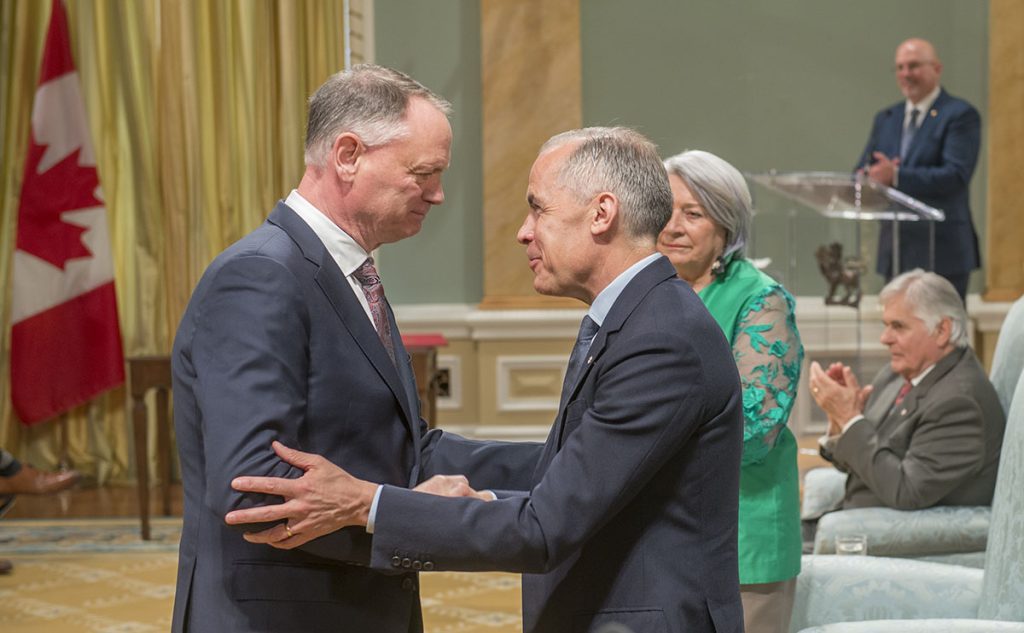
ABOVE: Longtime Ottawa South MP David McGuinty takes on the role of Defense Minister in the newly formed Carney cabinet. (Photo: Jean-Marc Carisse)
David McGuinty (Defense Minister) – One of the most seasoned and capable figures in Carney’s government, McGuinty brings deep expertise in security and intelligence to his new role. A long-time Ottawa South MP with a Master of Laws from the London School of Economics, he has been a stealth force in Parliament for over a decade. His leadership as chair of the National Security and Intelligence Committee of Parliamentarians (NSICOP) solidified his reputation as a thoughtful and strategic policymaker.
McGuinty’s political acumen—shaped through years as a key informal advisor to his brother, former Ontario Premier Dalton McGuinty—suggests he will be a decisive and results-driven leader at the Department of National Defense. The CDS and senior generals should prepare for a period of major reform led by McGuinty, who is expected to push hard for modernization and ensure Canada’s defense strategy is aligned with evolving global threats. His appointment signals that Carney wants competence over ideology, making defense policy a priority in his government’s agenda.
Steven MacKinnon (Leader of the Government in the House of Commons) – Gatineau MP Steven MacKinnon has been appointed as leader of the government in the House of Commons, a role that places him at the centre of Carney’s legislative agenda. MacKinnon is a seasoned political operator and previously served as minister of jobs and families, and has extensive experience in parliamentary affairs. His new position will require him to navigate a minority government, working across party lines to advance Carney’s policy priorities while ensuring stability in the House. Given his deep ties to the Liberal establishment, MacKinnon’s ability to manage negotiations and maintain party discipline will be crucial in determining the success of Carney’s legislative efforts.
The Key to Carney’s Success will be a Pragmatic Approach
As Carney’s government takes shape, the competence of his cabinet is undeniable. Many of his ministers bring strong experience, political instincts, and specialized expertise, setting the stage for decisive leadership. However, the true test will be whether Carney allows his ministers to exercise independence rather than being micromanaged by the Prime Minister’s Office and/or backroom politicos. A pragmatic, results-driven approach, similar to Jean Chrétien’s disciplined leadership, will be essential if Carney aims to steer Canada toward economic renewal rather than further into economic decline.
With Parliament set to resume on May 26, the coming months will reveal whether Carney can translate ambition into action —or if political constraints will slow his government’s momentum.
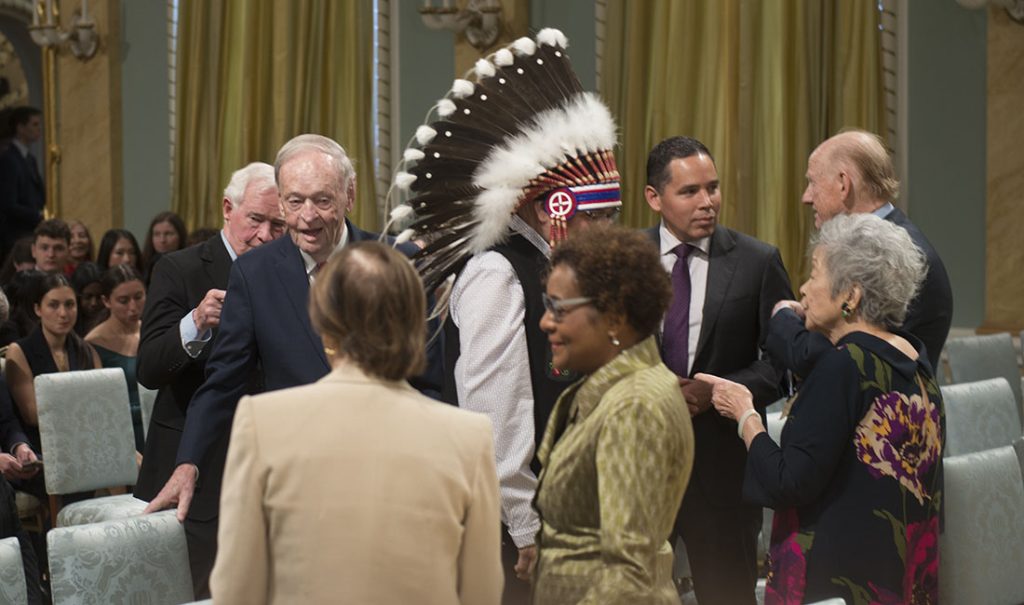
All Photos: Jean-Marc Carisse

